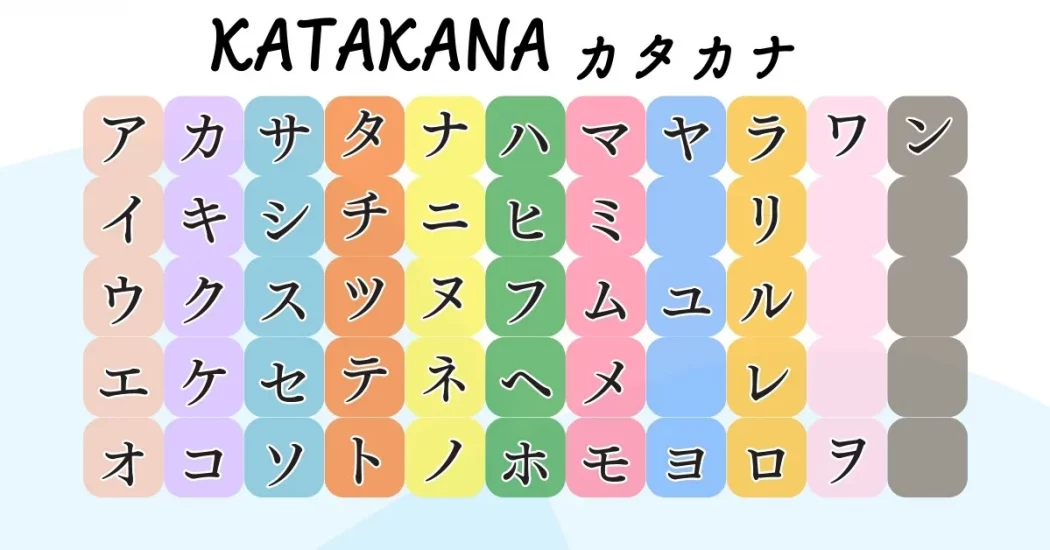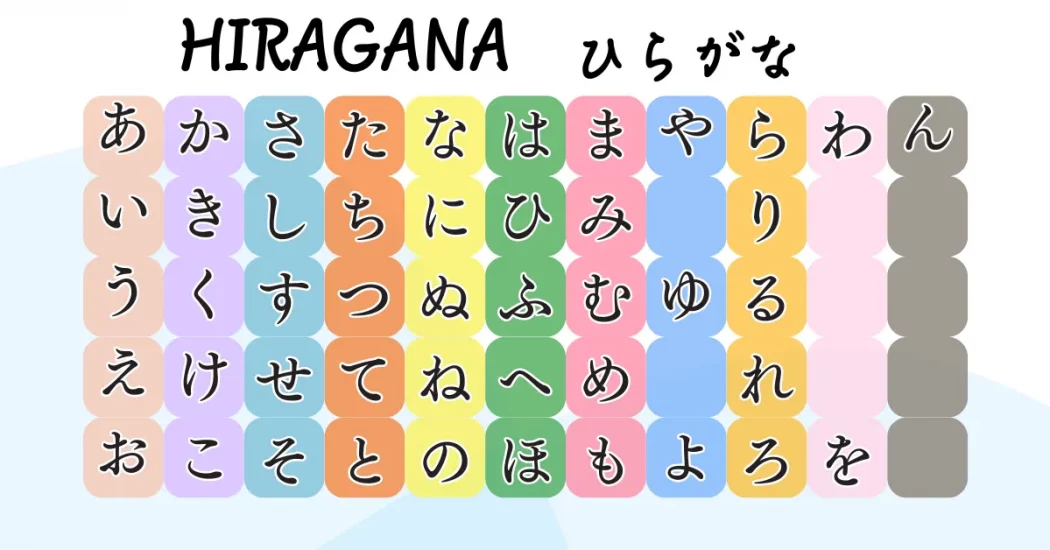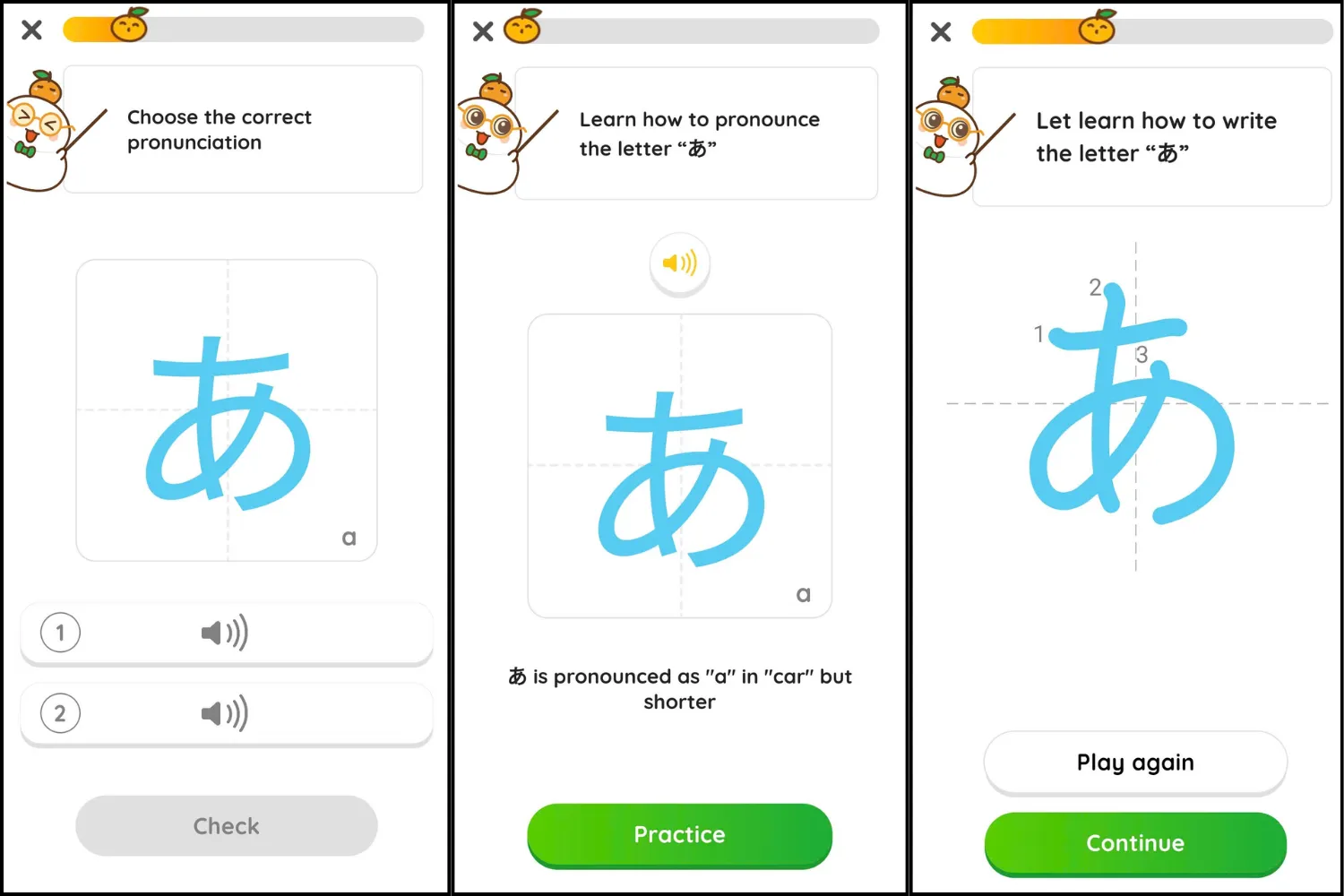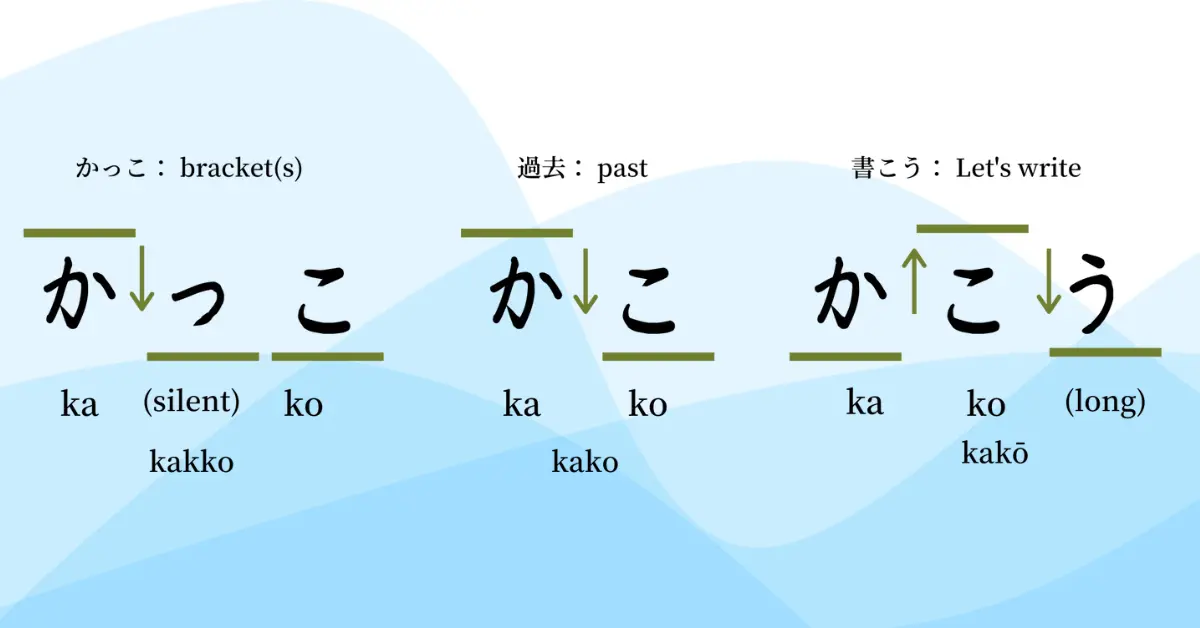Japanese pronunciation is a fundamental aspect of mastering the language. While it might seem challenging at first, understanding how sounds are produced in Japanese can make learning the language much easier. Small differences in Japanese pronunciation can drastically change the meaning of words. For example, the word し (shi) means “poetry,” while ち (chi) means “blood,” and the only difference between them is the pronunciation.
Phonetics, the study of sounds, plays an essential role in understanding Japanese pronunciation. Unlike English, where many sounds are irregular and inconsistent, Japanese pronunciation follows a predictable pattern, making it easier to learn. Once you become familiar with how each sound is formed, mastering pronunciation becomes much more straightforward.
Japanese Writing System and Pronunciation
The Japanese writing system is made up of three main scripts: Hiragana, Katakana, and Kanji. Hiragana and Katakana are both phonetic, meaning each character corresponds to a specific syllable or sound. This makes Japanese pronunciation directly tied to how words are written. For instance, the word さくら (sakura, meaning “cherry blossom”) is written in Hiragana, which clearly represents its pronunciation.
To fully understand and pronounce Japanese correctly, you need to familiarize yourself with Hiragana and Katakana. While Kanji represents ideas or concepts, it is not directly tied to pronunciation. Mastering Hiragana and Katakana will form the foundation for achieving correct Japanese pronunciation.
Katakana alphabet
Understanding Japanese Syllables and Pronunciation
One key to mastering Japanese pronunciation is understanding how syllables are constructed. Japanese syllables usually follow a consonant-vowel pattern, making them much simpler than English syllables, which often contain complex consonant clusters. For example, in Japanese, you will find syllables like さ (sa) and き (ki), each consisting of a single consonant followed by a vowel sound. This simplicity makes Japanese pronunciation easier to learn.
Japanese speakers also pronounce each syllable distinctly, without blending them as is common in English. For example, the word たべる (taberu, meaning “to eat”) is pronounced clearly, with each syllable getting equal emphasis.
Vowels and Consonants in Japanese Pronunciation
Japanese has only five vowel sounds: あ (a), い (i), う (u), え (e), and お (o). Each vowel is pronounced consistently, unlike English, where vowels can vary. This consistency is one of the reasons learners find Japanese pronunciation easier to master.
Japanese consonants are also softer than in English. For example, the sound し (shi) is softer and less harsh than the English “sh.” Learning how to pronounce these vowels and consonants correctly is vital for achieving clear Japanese pronunciation.
Mouth Position for Proper Japanese Pronunciation
The position of your mouth and tongue plays an essential role in producing the sounds of Japanese. For each vowel sound, there is a specific tongue placement and mouth shape. For instance, when pronouncing the vowel う (u), you must round your lips, while for い (i), your tongue should be placed near the roof of your mouth. Understanding these details will significantly improve your Japanese pronunciation.
Mastering these subtle nuances can be challenging, especially for beginners. That’s where MochiKana comes in! MochiKana is an excellent app for beginners or anyone looking to improve their Japanese pronunciation. The app helps you master the Hiragana and Katakana writing systems through interactive and engaging exercises. One standout feature of MochiKana is its accurate pronunciation guide, allowing you to practice listening and speaking like a native. With a user-friendly interface and scientifically designed lessons, it’s perfect for daily learning. If you’re looking for an effective tool to boost your Japanese skills, MochiKana is the ideal choice!
Sound Blocks in Japanese Pronunciation
In Japanese, some sounds are produced by blocking airflow in the mouth or directing air through the nose. For example, the sound ん (n) is a nasal sound, and you produce it by directing air through your nose. Understanding how sounds are formed in this way is crucial for correct Japanese pronunciation.
Sounds like か (ka) and た (ta) involve blocking airflow in the mouth momentarily, while other sounds are created by vibrating the vocal cords or using the lips. Recognizing these differences will help you pronounce Japanese more naturally.
Specific Japanese Pronunciation Challenges
Some sounds in Japanese can be difficult for English speakers to master. For example, the ふ (fu) sound requires blowing air between your lips, which differs significantly from the English “f.” Similarly, the し (shi) and ち (chi) sounds may sound similar to beginners, but they are produced with different tongue placements.
Double consonants, represented by a small っ (tsu), create a pause between consonants, which is not a feature found in English. Learning to pronounce these sounds correctly is essential for clear Japanese pronunciation.
Pitch Accent and Japanese Pronunciation Intonation
Unlike English, which uses stress to emphasize certain syllables, Japanese pronunciation relies on pitch accent to convey meaning. Japanese words follow set pitch accent patterns—either high or low—that don’t shift with emotion or emphasis. However, these patterns can differ across dialects, adding a unique twist to the language!
In Japanese, the pitch of a syllable can change the meaning of a word. For example, the word はし (hashi) can mean “bridge” if the pitch is higher on the first syllable or “chopsticks” if the pitch is higher on the second syllable.
Mastering pitch accent is crucial for speaking Japanese naturally and understanding the nuances of the language.
Common Japanese Pronunciation Issues
A common issue that learners face is confusing similar sounds, such as し (shi) and ち (chi). The tongue placement and airflow are different for each of these sounds, and distinguishing between them is important for clear communication.
Another challenge is nasal sounds, like ん (n), which can change based on the following sound. Mastering these nuances will help you avoid misunderstandings and improve your Japanese pronunciation.
Applying Japanese Pronunciation to Vocabulary
Proper Japanese pronunciation is essential for clear communication. Even if you know the meaning of a word, mispronouncing it can lead to confusion. For example, the word ここ (koko) means “here,” but if pronounced incorrectly, it could sound like “coffee” or “cocoa.”
Practicing with native speakers and repeating words and phrases is the best way to improve your pronunciation. By applying what you’ve learned, you can start speaking Japanese with more confidence.
Conclusion
Mastering Japanese pronunciation takes time and consistent practice. By focusing on the basics—vowel and consonant sounds, pitch accent, and mouth position—you’ll improve quickly. Over time, you’ll speak Japanese more clearly and confidently, sounding closer to a native speaker.
If you want to perfect your Japanese pronunciation, download the MochiKana app today!







